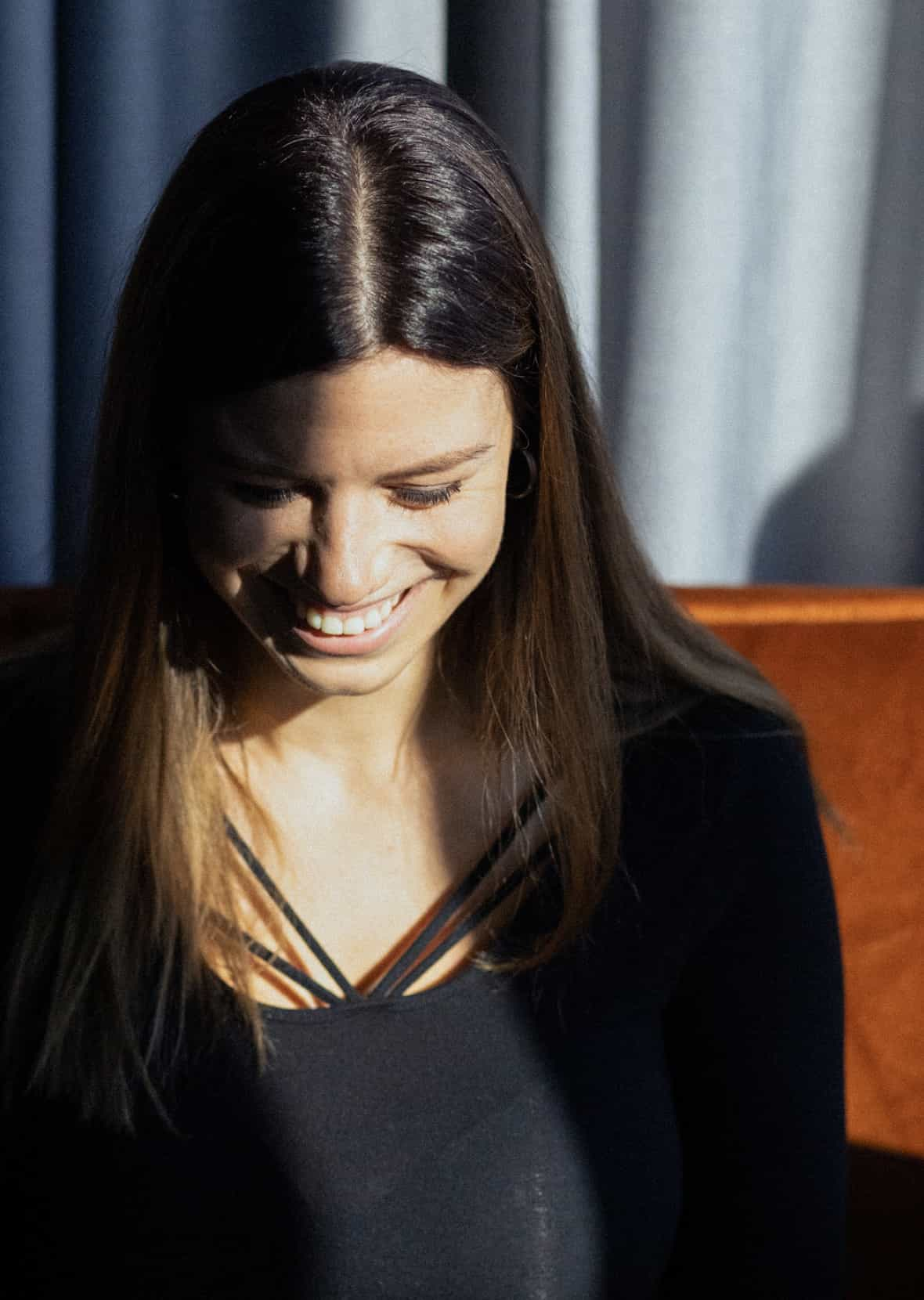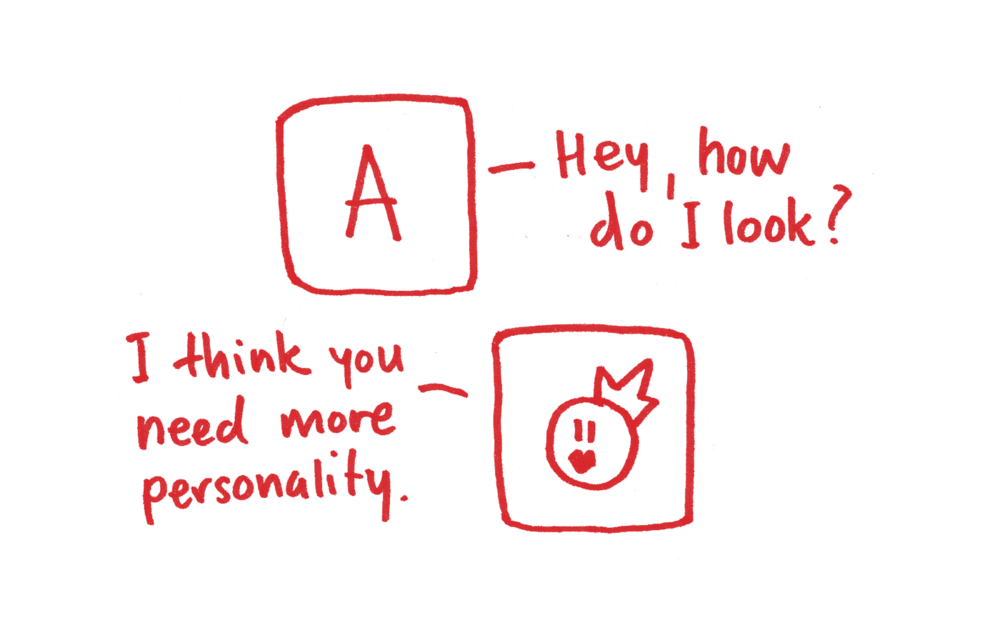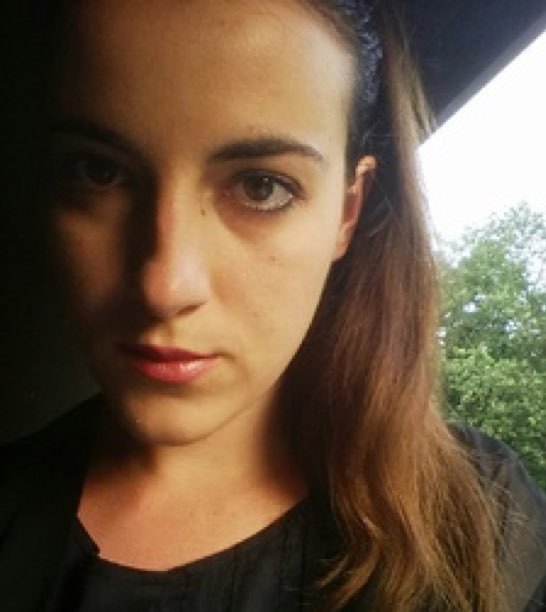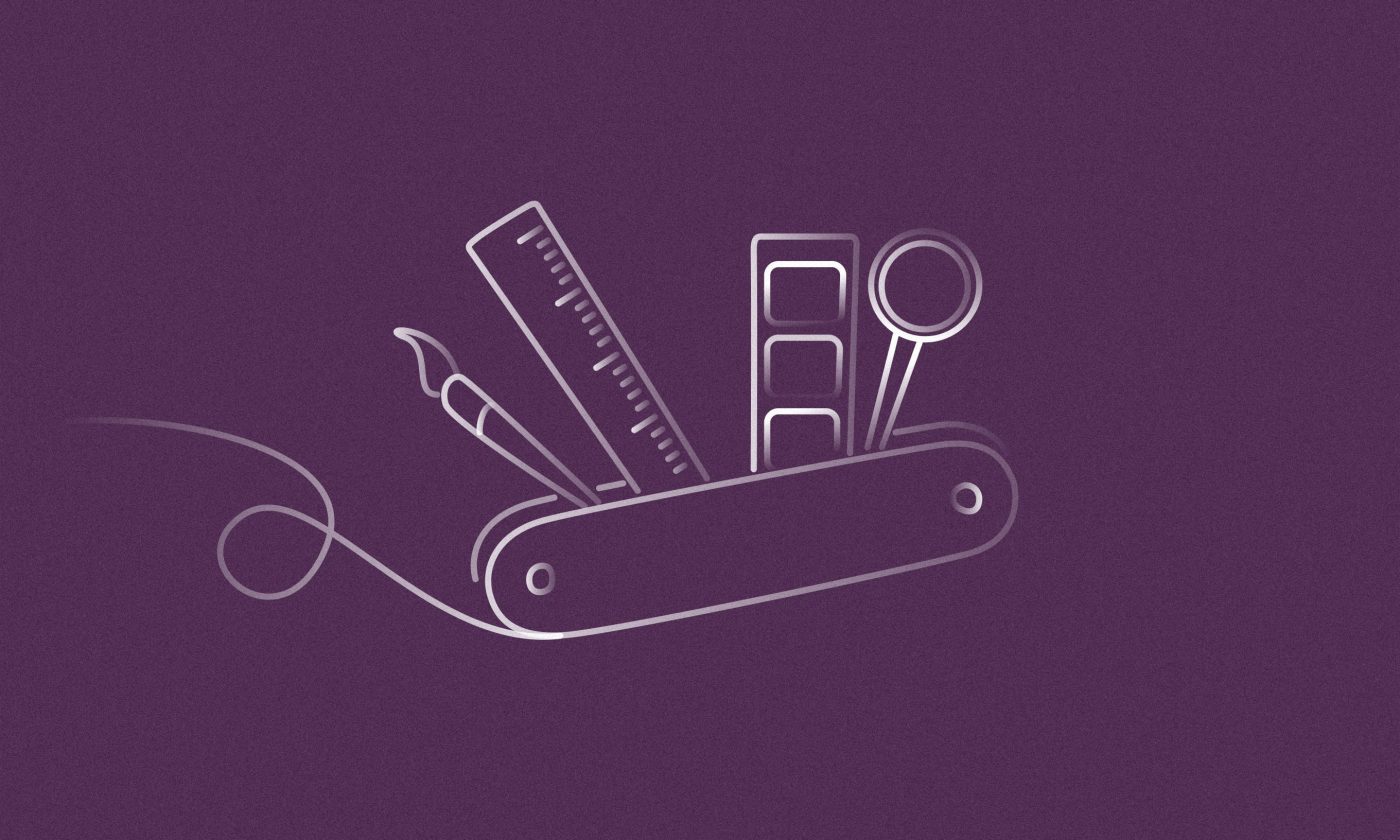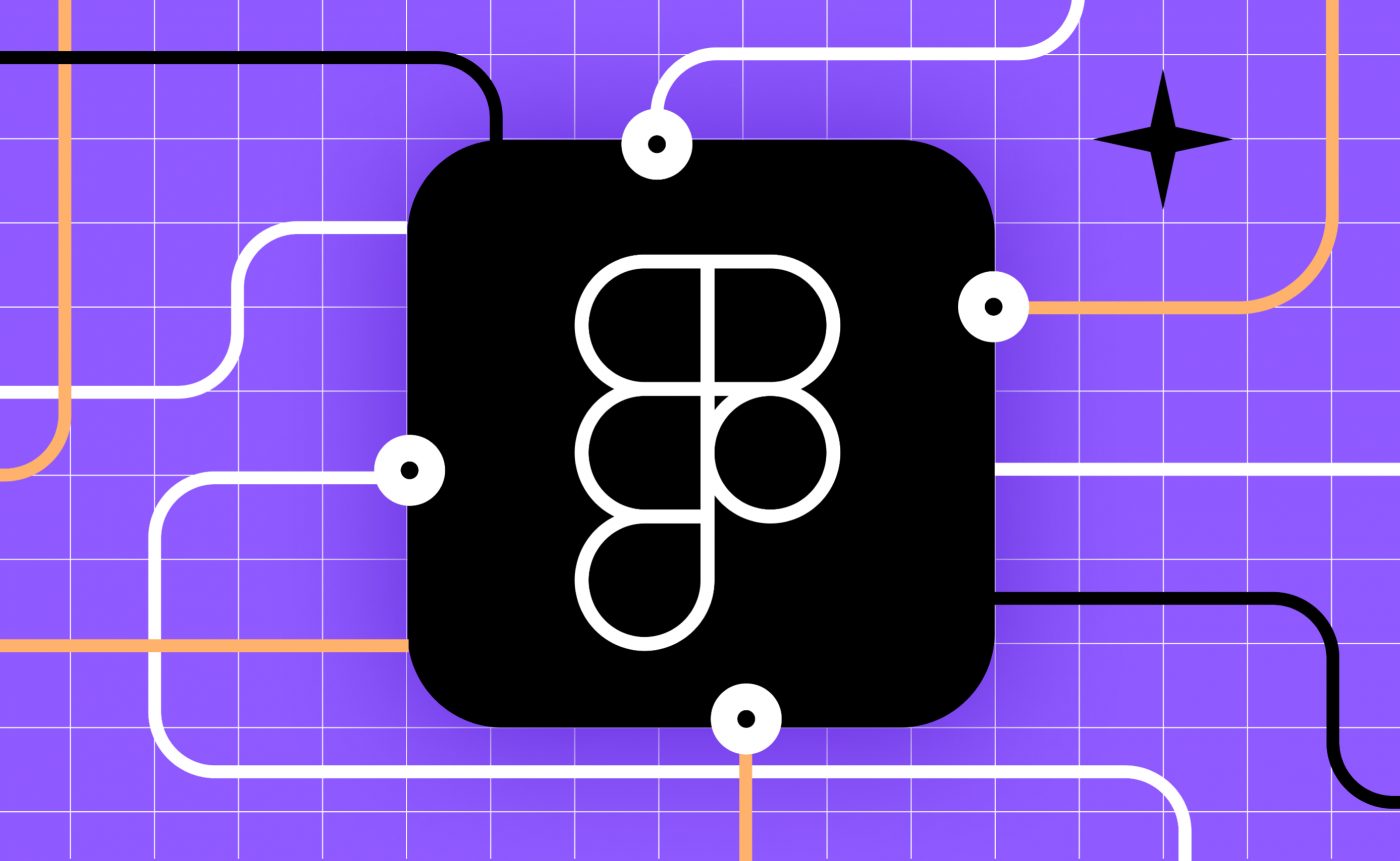Product design always includes a lot more than just creating the product. In the process, designers should always think about marketing and communication strategy, packaging and visual identity of the product. It’s the same with designing digital products. At Infinum, we are primarily focused on designing the right UX and UI for the software we’re working on, but we are often asked to brand these products too.
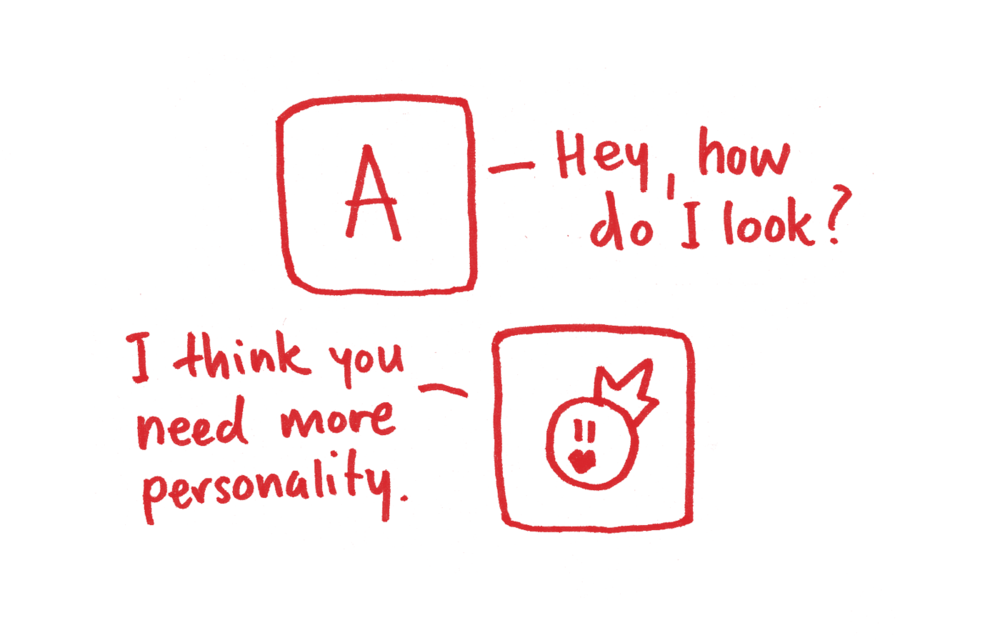
So far we’ve worked on numerous projects that have included creating small-scale visual identities and basic copywriting, from app icons to microcopy inside the software. We also have experience with large-scale branding projects. These involve creating a complete brand hierarchy, elaborate visual identities and serious copywriting.
Working on these projects has taught us that our primary concern should be how users perceive the brand we are creating.
Quality brand is sincere. Product value should be openly and clearly communicated.
Quality brand is trustworthy. It is important that users perceive the brand as a strong and unified design structure, refined to the smallest detail.
Quality digital brands have to be consistent too. It seems that designing for the screen allows designers to go wild with graphic effects since there is no prepress panic. But still, we’re always trying to be moderate and create visual identities that can be applied to various screen sizes and densities.
How to create a quality brand?
When designing UX and UI, we use a detailed design process which ensures that the user flow is logical and all the functionalities are considered. We use a similar process in branding to make sure the final design is consistent and that it meets all the parameters.
First, we’re going to present the basic steps of the process and then we’ll get into details and describe some of the specific idea-generating methods that we find especially helpful.
Our process consists of five steps:
1. Basic input
First contact with the project. Sometimes it’s a detailed brief we get from the client, but often it’s just a rough sketch or an idea. In the latter situation, we need to create our own brief that we will rely on later in the design process. In the beginning, it is crucial that every member of the team is familiar with the brief.
2. Research
Based on the brief, we start looking for inspiration. This also involves checking out competitive brands. We always try to eliminate similar solutions in the very beginning.
3. Generating ideas
Key step of the process. It includes a lot of teamwork in accumulating the ideas generated in the previous two steps. This is when we turn our workspace into a playground and use specific methods to generate as many solutions as possible. More on those methods later.
4. Evaluation
Taking a step back to check every possible option against the brief. In this way, we can narrow down our options and find several solutions that are the best fit for the project at hand.
5. Bringing the brand to life
The key part of designing final brand proposals is presentation. It’s very important to apply these solutions to everyday situations (visually or verbally). In this way, the client gets to see how the brand functions in practice and can make a better decision on the final design.
Our process is very iterative. After each step, we check the current state together with previous steps to make sure everything is going in the right direction. If we’re not happy with the result after the session, we sleep on it and start over the next day.
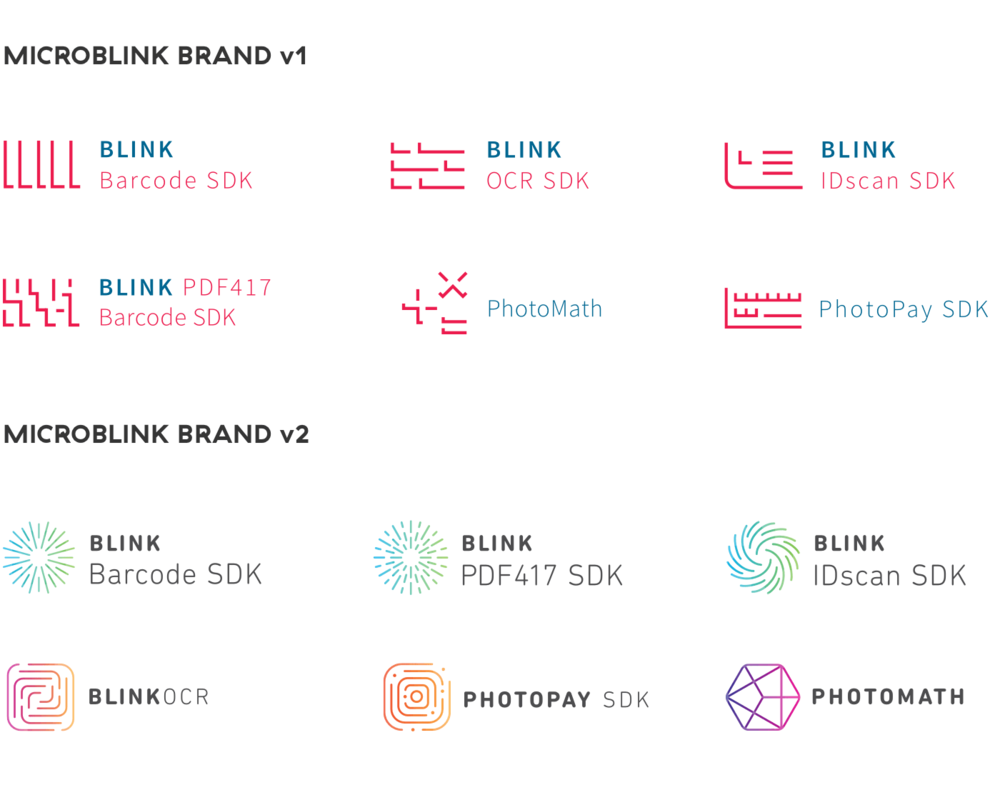
Idea generators
I mentioned that we use specific methods to kickstart our design process, and now it’s time to discuss how we do it. It’s never easy to start a project from scratch, but facing a blank page is always easier if you turn it into a game that involves the whole team. As an added bonus, the methods we are about to discuss also improve the creative process and strengthen the team spirit.
Association game
This is a basic technique we use either for setting up the project brief or as a pre-logostorming session. Each member of the team gets a blank sheet of paper. Everyone has to write down or sketch as many associations for the brand as possible in 30 minutes. An association can be an attribute, a feeling, thing, person or a song – actually anything that has a meaningful connection to the brand. After the session, we collect all of the associations and take the ones that are repeated most often. Keep in mind that each member of the team should be informed about the project details and requirements of the game beforehand.
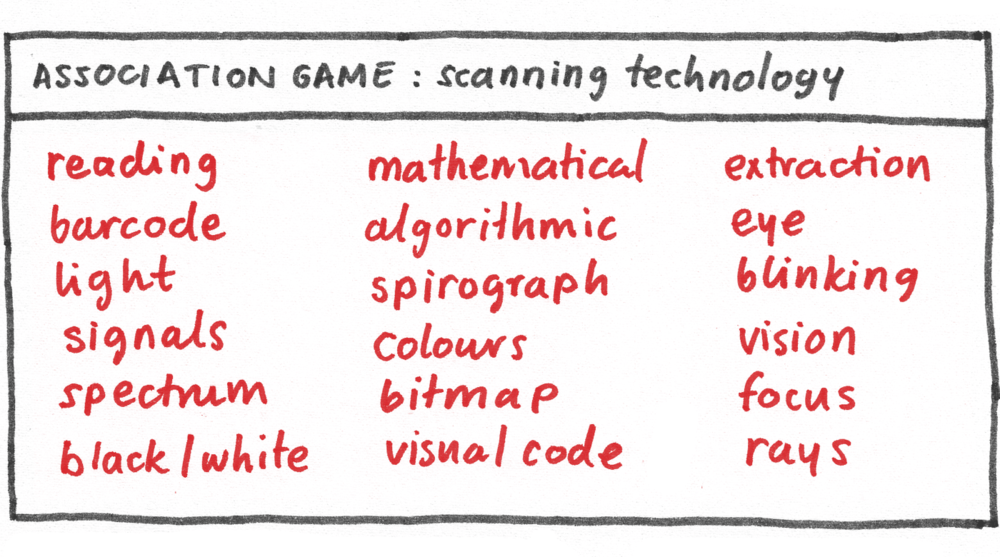
Namestorming
Creating and choosing the right name for the brand can often be as complicated and demanding as creating the visual identity. The “name quality” of a digital product depends on many parameters such as domain and social media handle availability, clarity of the pronunciation (phone check) and how often the name is used in everyday conversation.
A namestorming session also starts with a brief and a blank sheet of paper. Each team member has to write down as many names as possible. In this phase, names can be related or totally unrelated to the brand, coined, real-word, metaphorical, non-English, etc. In the search for a potential name, we use dictionaries, thesauri, related articles, anything that can help us find new interesting words. This is why it’s important to write down and document possible research areas as well. We also practice switching papers and iterating on each other’s ideas during the process.
The session can last up to one hour. In the elimination phase, we take all the names in the spreadsheet and run domain checks, conversation usability and the pronunciation check. If the session was successful, we take the available names from the list and test them with random users to see which one suits the brand best.
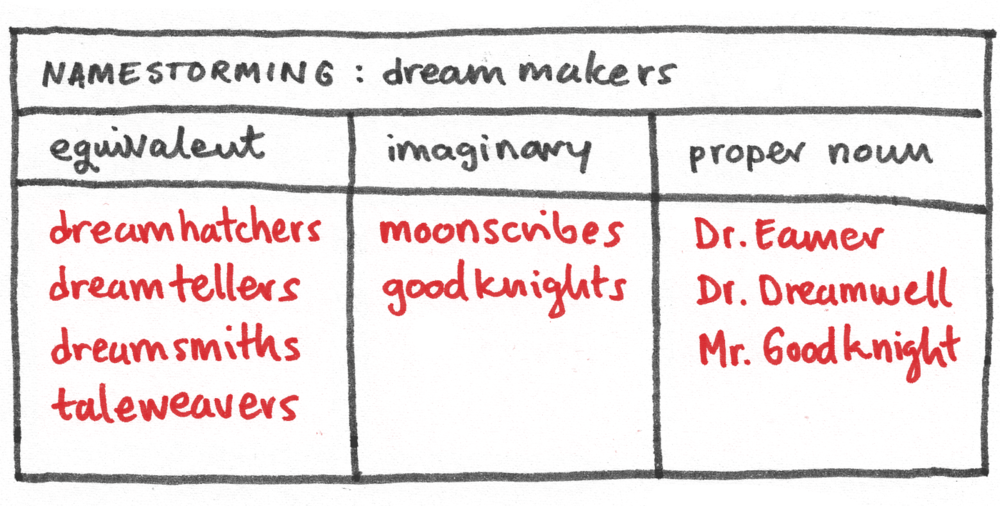

Logostorming
Converting a verbal brief into a visual solution is one of the hardest tasks for a designer. There are always millions of possible solutions, and the association game helps us limit our parameters from the beginning. Based on the brief, we take several associations for the brand that we feel are the most important for this session and make quick sketches.
Each team member gets a sheet of paper divided into 6-9 sections and has to deliver a few reasonable ideas within 30 minutes, 1 hour or more, depending on the scope of the project. After the first session is over, we swap papers and iterate on each other’s ideas and sketches. In this way, our cognitive processes and project perceptions blend into several good sketches we can use later on.
The best ideas are transformed into a digital form. Then we can add colors, choose the right typography and apply the logo to various situations. We evaluate the results and choose the best solutions for the next phase.
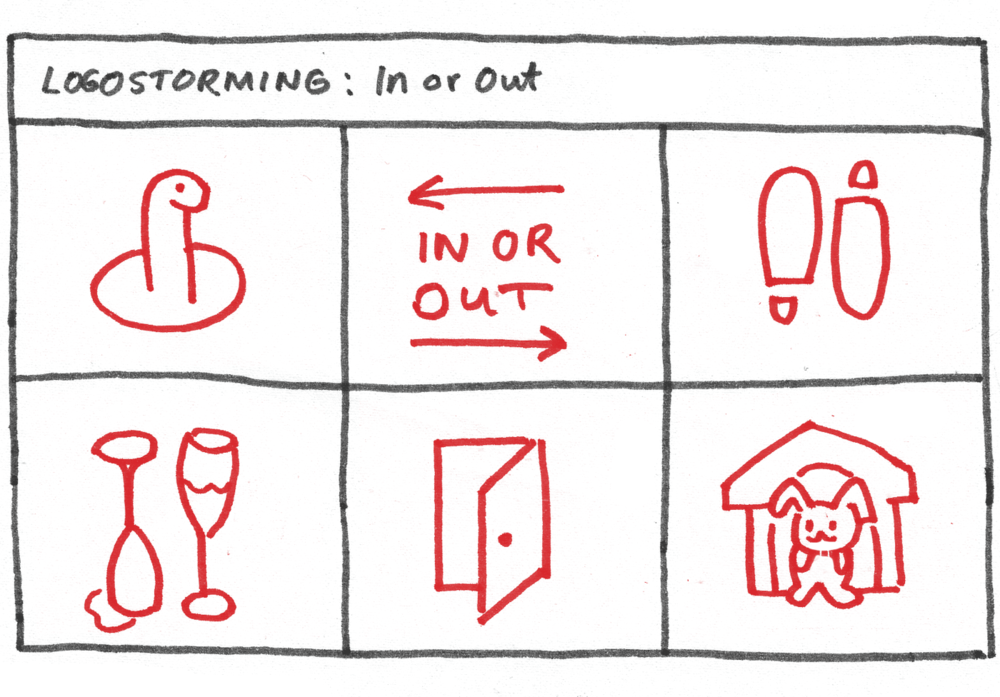

Conclusion
Branding digital products is as exhausting as designing any other product. It takes a lot of time and effort, but if you follow the process from the beginning and make sure that all the parts are consistent, then you are guaranteed to get quality result. Having a lot of iterations and workshops during the project is also good for individual and team design focused brainstorming.
In this article, we only describe the most common methods we use in our projects. Working on projects which have specific requirements is always an opportunity to mix things up, combine different methods, or come up with new ones.




